Kress building brought excitement during hard times | Sarasota History with Jeff LaHurd
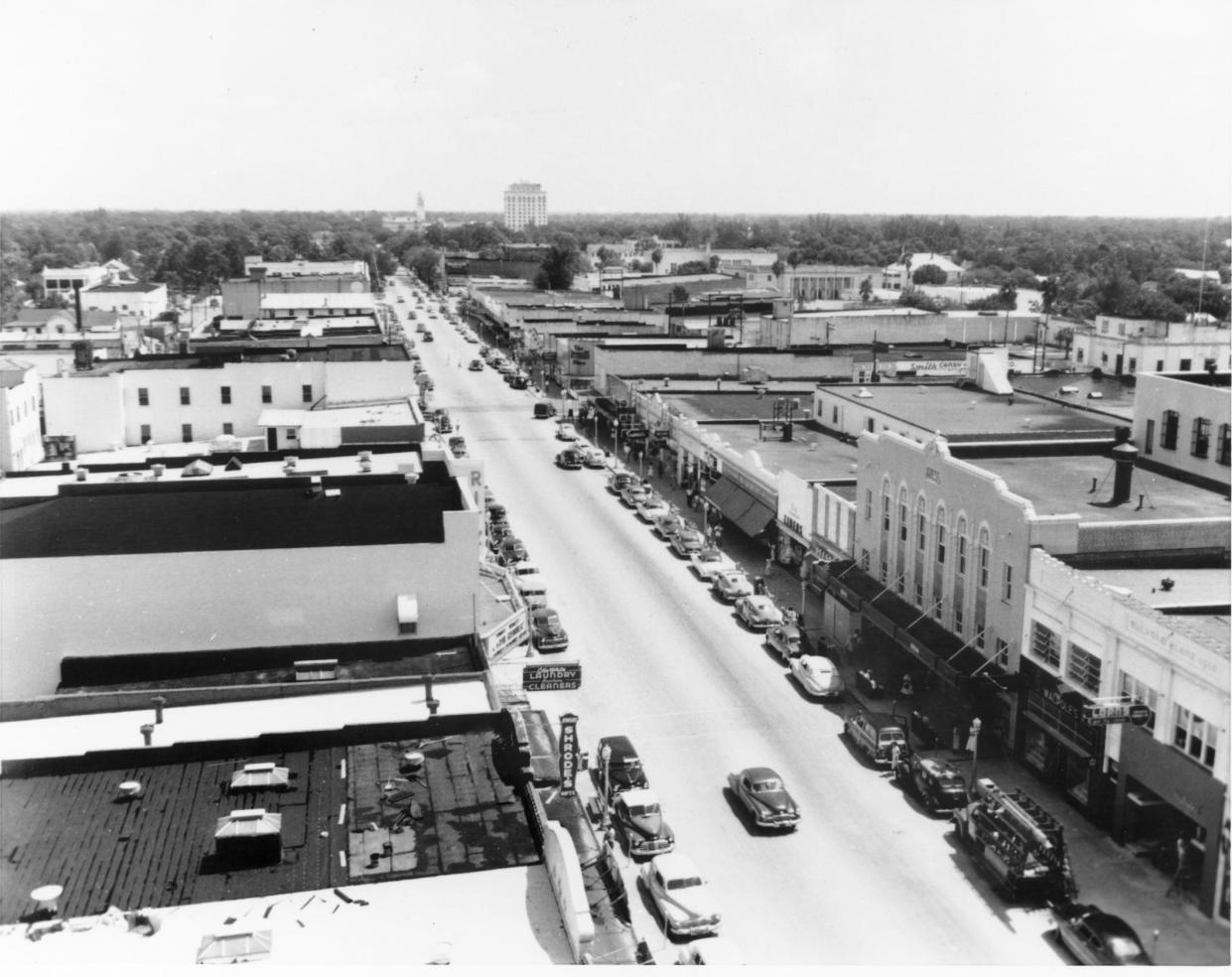
During the bleak years after the real estate bust of the 1920s, followed closely by the Great Depression, a few bright spots dotted Sarasota. Mostly these were related to the Works Progress Administration projects of the Federal Government: The Municipal Auditorium at the Civic Center, the Post Office building and the Lido Casino, to name three of the most prominent.
In the private sector, a few nuggets sprang up: A new Piggly Wiggly, the Cain/Wilson Building, at 27 S. Orange Ave., recently remodeled and repurposed by the Caldwell Trust Co., and the Kress building on Main Street near Five Points.
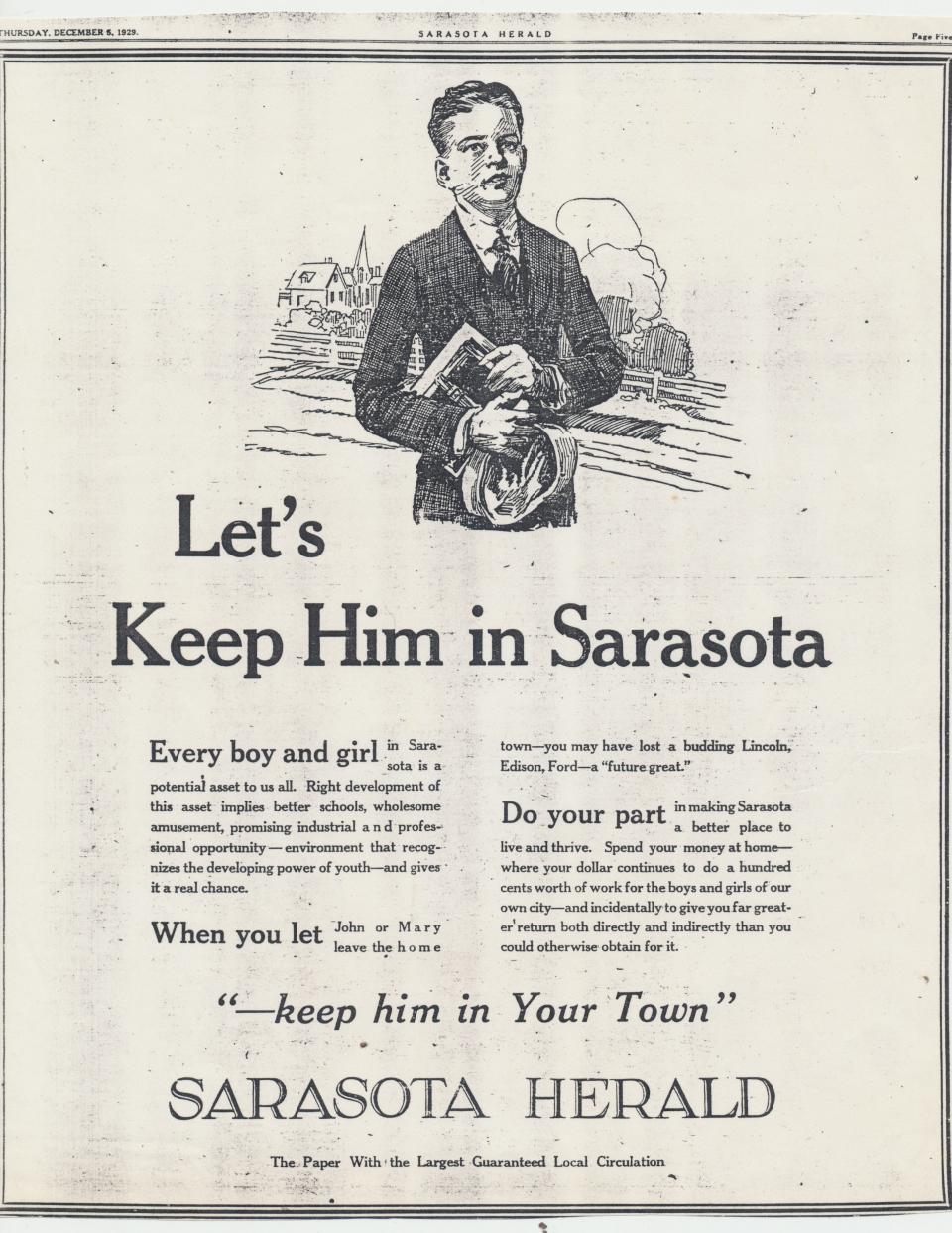
The Kress building today: ‘Make it inviting for people’: Owner envisions lively retail, dining spot
More Sarasota History: Advertising Florida and its charms with flowery words
Otherwise, mostly gloom in building and development. In 1931 building permits for the City of Sarasota amounted to a paltry $65,844, a far cry from the boom year of 1925, $4,500,000.
On the morning of April 14, 1932, the banner headline on the Sarasota Herald gave the community something to boost morale. “KRESS PLANS $100,000 BUILDING.”
A “reliable” source told the Herald that construction of the new building would begin sometime in June, and plans were afoot to clear the property on which the business of S.H. Kress Co. would operate. The Kress, a five and dime, would practically be next door neighbors with another five and dime operated by the McCrory Co., “the finest in Dixie Land,” which opened in November of 1925 at the peak of the boom.
Many Sarasotans were out of work, so it was good news that local labor would be used in construction whenever possible.
From that announcement forward, every step of the building process was page one news: “KRESS BUILDING WORK GOING ON AT A RAPID PACE,” “FIFTY MEN NOW AT WORK ON NEW KRESS BUILDING.” CITY TO HEAR RIVET SOUNDS AT EARLY DATE.” (A report that the downtown section would hear the staccato sounds of riveting machines and the clank of steel columns for the first time since the days of the boom ...” Good news, indeed.
G.A. Miller Inc. of Tampa was awarded the construction contract, the price then put at $50,000. The firm was well known in Sarasota during the real estate boom, having constructed the Edwards Theatre, operated today as the Sarasota Opera House, the original Sarasota Herald building on Orange Ave. (now the Exchange), and the Mira Mar Hotel, Sarasota’s first luxury hostelry.
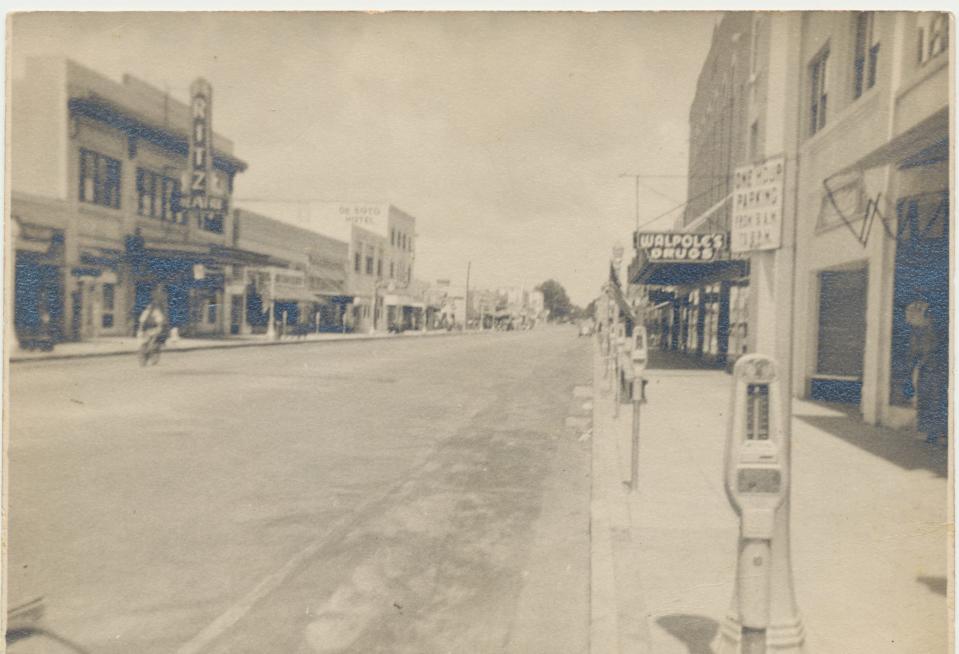
They were obviously a go-to company for Kress as they had built 20 others of their stores throughout the south. They promised that only the highest quality material was used, and went on, “There is not a finer looking building in the world of its kind.”
The promise to employ many locals on the building fell short. Out-of-state workers were being used where local men were qualified. H.A. Wensel, who represented the local bricklayers and plasterers’ union, presented the County Commission a petition with 400 signatures complaining about the situation and requesting that the commission “wire the Kress company, protesting on behalf of local citizens the discrimination against local labor.”
Charles F. Greene, who was the president of the Sarasota Central Labor union, also called on the commission to give moral support to the local plasterers. The commission agreed and contacted Kress about their concerns.
As the building was rising the Herald reported that hundreds of people came by each day to watch the work in progress. “Not for some time has anything attracted as much activity as on this site.”
On Nov. 30, 1932, the public was invited to the store to marvel at the work that had been completed. Terrazzo floors, curved glass display windows, terra cotta tiling, marble trim, Venetian shades, and modern lighting, ventilation, and heating equipment.
All adding up to an art deco building that “clearly defines the modern trend in architecture.” It was said that the Main Street building “stands out like a magnificent temple extending a warm welcome to all.”
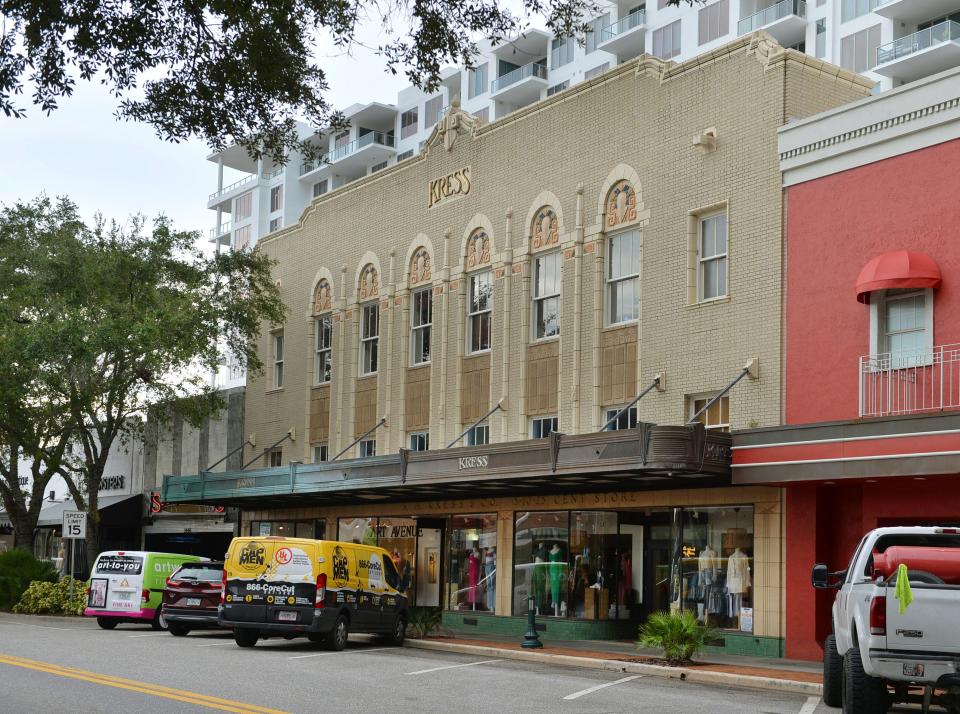
All Kress buildings were designed to be works of art, and many of those that survive are on the National Register of Historic Places, including Sarasota’s iconic Kress building.
Always poetic, the Herald wrote, “... the Kress name glittering in the sunlight, give golden rays which blend with the balance of the work.”
The marquee that extended over the sidewalk was trimmed in bronze. Taken all together, the Herald concluded this five and dime was, “one of the most beautiful business structures on the west coast.”
Although nothing was to be sold that day, managers, sales personnel, and clerks in all departments were on hand to greet and answer questions. Entertainment was provided by the orchestra of Garver Smith, which performed throughout the day. Approximately 8,000 men, women and children from all parts of Sarasota and Manatee counties, reportedly came to examine the merchandise, and marvel at the last word in modernity.
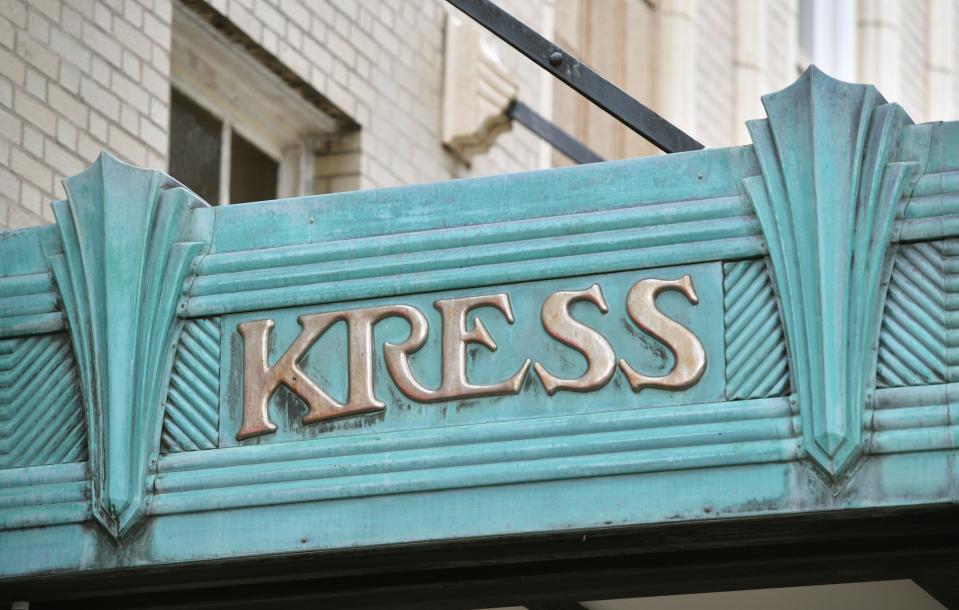
R.H. Hadley, the representative of the Kress company expressed himself as “highly gratified with the opening,” and predicted the store would become very popular with the community. This was the 232nd Kress store.
On Nov. 19, 1959, twenty-seven years after the store’s momentous grand reopening, a remodel was completed. Standing proudly beside a banner – “Welcome to KRESS, Your Key To Smart Shopping” – was a beaming store manager, T.K. Wollam.
“The renovation and addition of departments,” said Wollam, “is just another expression of S.H. Kress & Company’s faith in the future of downtown Sarasota.”
Unfortunately, not too many years later, Kress and the rest of the five and dimes that dotted Main Streets throughout the United States were gone.
They had offered quality merchandise at favorable prices, sold by friendly clerks who knew their customers and their inventory.
Their soda fountains and lunch counters which served inexpensive meals disappeared from the American scene; victims of suburban located shopping centers, malls, and big-box stores on the outskirts of town.
But Sarasota’s building, in all its deco finery, remains, waiting for its next act.
Jeff LaHurd was raised in Sarasota and is an award-winning historian.
This article originally appeared on Sarasota Herald-Tribune: Kress, now facing its future, was shining spot during depression years

